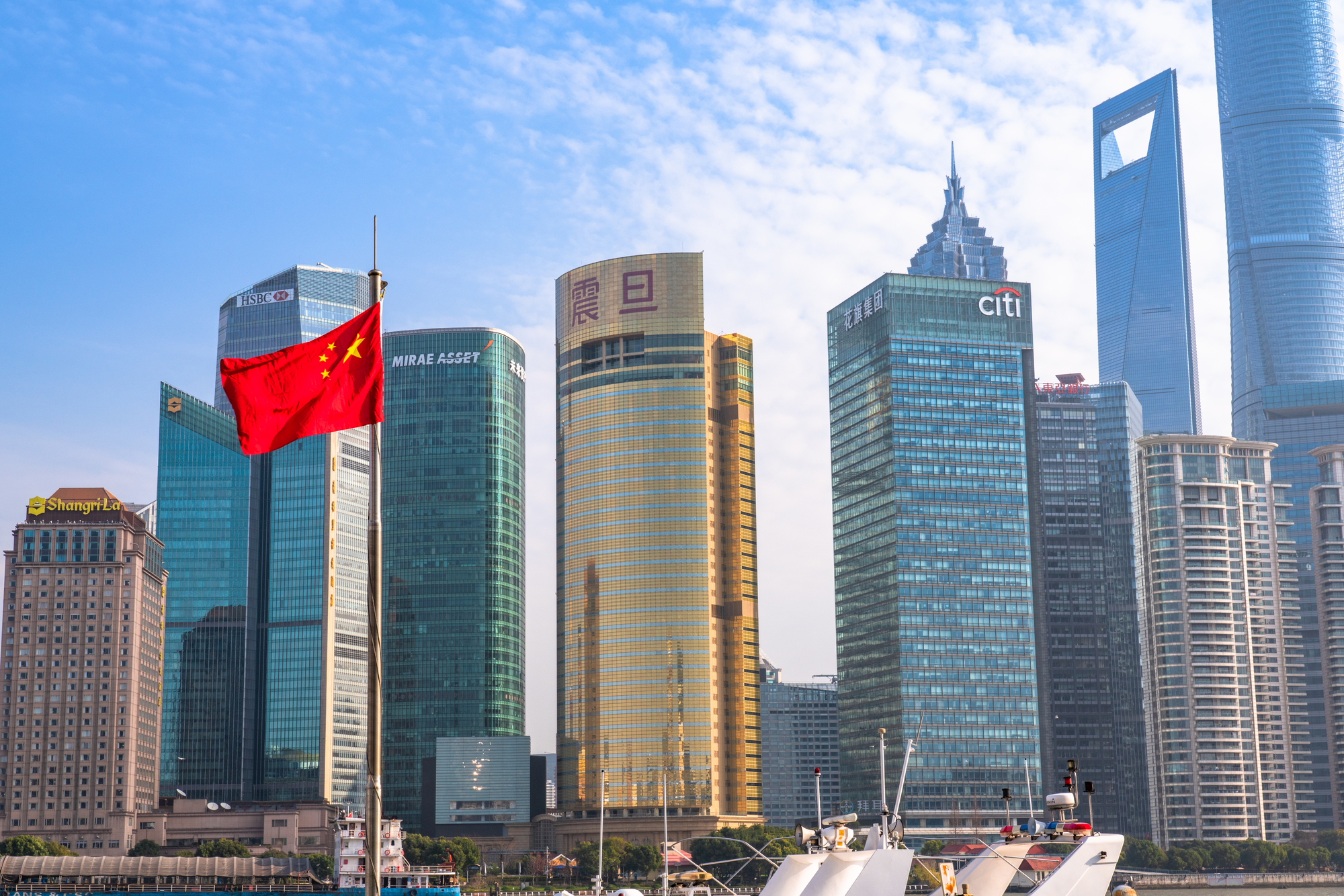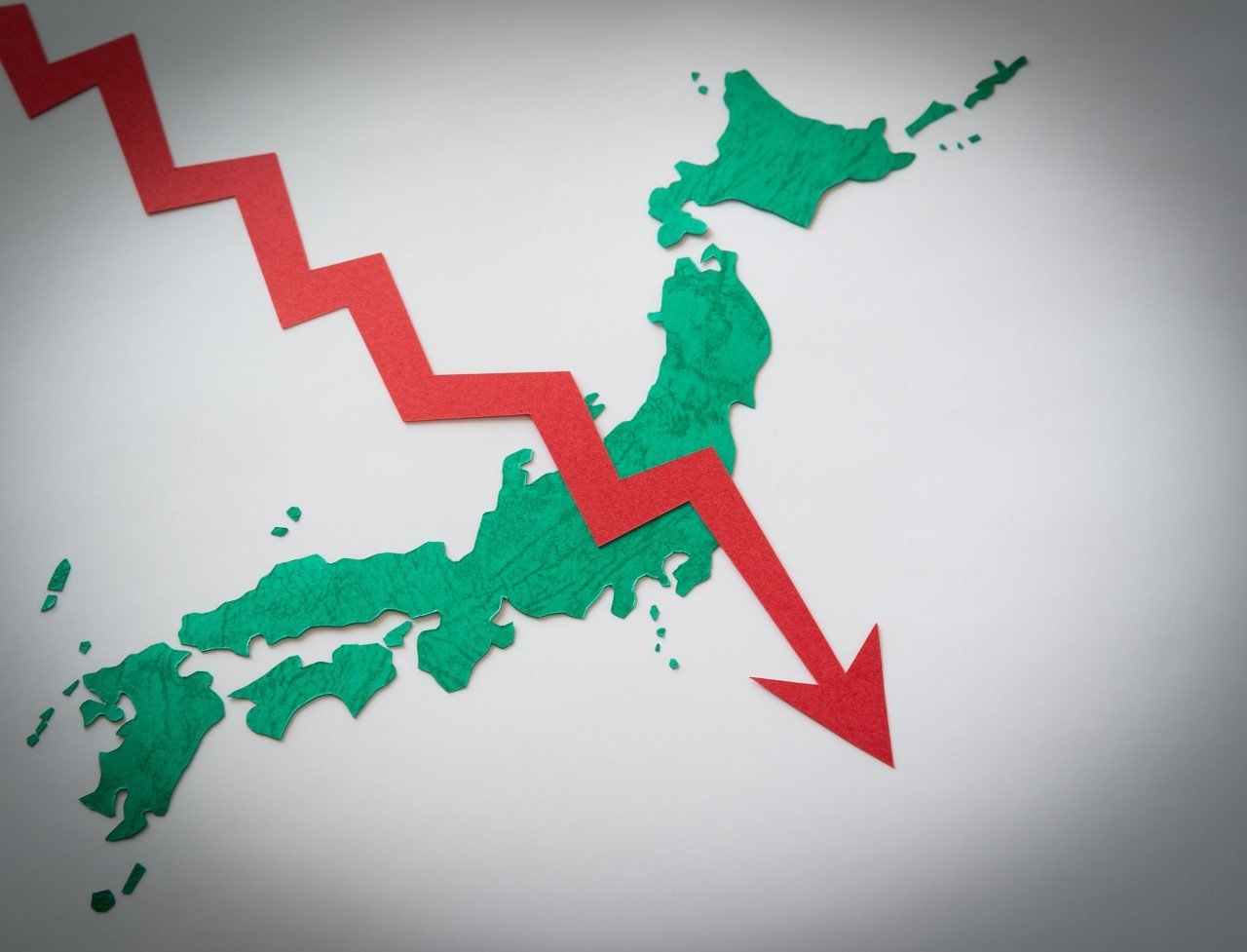2015/08/03
Nobutoshi Kitaura, "China's Future Economic Growth: How Macroeconomists Currently View China's Economy"
[PDF version] (The article appeared originally in Japanese in IIPS Quarterly, dated January 27, 2015).
Over the past 30 years, the Chinese economy has grown continuously at around 10% per annum, chiefly on the strength of production resources' transfer from rural areas to the coastal industrial regions. Recently, however, a slowdown in Chinese economic growth has been observed. This article reports how macroeconomists view the Chinese economy, based on the analyses carried out by international institutions such as the IMF and the OECD, and on the tenor of articles in economic journals.
Broadly speaking, the recent unease expressed in regard to the growth of the Chinese economy arises for three reasons: First, there has been an excessive increase in loan outstanding, brought about by the surge in construction and real estate investment that followed the global financial crisis, and some balance-sheet adjustment is required. In other words, some sort of deleveraging is necessary. Second, there are limitations inherent in China's growth model. After the global financial crisis, infrastructure development by regional governments and investments in the real estate and construction sectors became the main drivers of China's economic growth, giving rise to the first issue, as described above. Prior to the global financial crisis, the Chinese economy had achieved a high economic rate under the export-driven economic model--importing resources from overseas and exporting manufactured goods. During the period when the Chinese economy accounted for only a small percentage of the global economy, its export-led economic growth caused few problems. However, now that China's rapid growth has boosted the size of its economy to around 15% of the global economy and driven its per capita GDP close to $10,000 in PPP (purchasing power parity) terms, China's overuse of resources and its growth model, which relies on the export of its excessive savings and cheap manufactured goods, could represent a major cause of disturbance within the global economy. This growth model also has limitations in environmental terms. The third reason (which is related to the second reason) is that, as income levels in China grow to match those in medium-income countries, the need arises to address newly emerging structural problems in order to improve labor efficiency. In addition, there has also been noted a reduction in the growth potential of the Chinese economy in terms of the labor supply. This article presents each of the three issues described above in outline form.
The need to deleverage
After the global financial crisis, four trillion yuan was pumped into the Chinese economy in the form of economic stimulus. These funds were mainly procured off-budget by regional governments, which used them for aggressive development of infrastructure, such as for industrial estates and transportation systems. As a result, combined with housing shortages and rabid housing speculation in urban areas, the provision of credit to the real estate and construction industries grew rapidly. According to the IMF, total social financing grew from 129% of nominal GDP in the fourth quarter of 2008 to 207% of nominal GDP in the first quarter of 2014--an increase of 78 percentage points. As in just five years total financing had soared rapidly (usually total financing normally grows at the same rate as, or slightly faster than, the economy), investment inefficiencies accumulated everywhere in China, which led--in tandem with a housing supply glut--to corrections in China's real estate and construction markets that began at the end of 2013. According to the IMF, in approximately half of all past cases around the world in which credit relative to the size of the economy has grown by 30% to 70% within five years, the results have been banking crises. However, the IMF's view is that there will be no drastic correction in the short term because the real estate debt is concentrated within a certain group of companies, the government exerts major control over the economy, and the current level of public debt outstanding is relatively low. But given the importance of the real estate market (real estate investment stands at approximately 15% of nominal GDP and supports many upstream and downstream industries), it will be necessary to watch for corrections in the real estate and construction sectors.
Changes in the growth model and the need for painful structural reform
As seen in the preceding section, after the global financial crisis, China's economy--driven by regional governments' spending and by investment in real estate and construction--reached an impasse. It is also true that it demonstrated that China's pattern of growth prior to the global financial crisis was unsustainable. In the ten years before the global financial crisis, China's massive resource imports and capital exports--buttressed by a high economic growth rate of more than 10% per annum--led to increased international trade imbalance and reduced real interest rates, which produced the strong global economic growth. During this time, however, in PPP terms, China's economy grew to comprise almost 15% of the global economy, and Chinese income levels rose to $9,000--the level in medium-income countries. Together with the environmental problems and the huge saving export that have arisen, China's export-driven economic growth could interrupt the industrialization and economic development of other countries, and it is reaching its limits.
The IMF and the World Bank have proposed various structural reforms that would enable China to switch over to a model of economic growth that is driven by domestic demand (that is, consumption), with a view to sustainable economic growth that is suitable for the nation in the future. The Chinese government has also recognized that the current growth model is unsustainable, and during the Third Plenary Session held in the last fiscal year, it announced that it would engage in broad economic reforms. The seemingly most important of these structural reforms would: (1) open up to fair competition the economic sectors (in particular, the service sector) that are currently limited to state-owned companies, and enable the more efficient distribution of loans and resources under the free market economy; (2) proceed with financial-sector reform, because wide-ranging, implicit government guarantees and government regulation of interest rates distort risk assessment and lending costs, and encourage the inefficient distribution of financing, unproductive investment, and speculation in private housing and financial products; (3) continue the transition to a new monetary policy framework as part of the effort to switch to a more market-based economy, with a monetary policy that stresses interest-rate-based monetary policy, improved access to the interbank market, and ongoing dialogue with markets; (4) disburse government revenues to local governments in the way local governments can play a responsible and consistent role, work to strengthen administration and supervision of regional governments' borrowing, and improve management of public finances, particularly regional public finances; (5) overhaul the tax system to stimulate efficient and wide-ranging growth across the general populace through expansion of the value-added tax, introduction of real estate taxes, and revision of the highly regressive income tax and social insurance systems; (6) strengthen social security systems such as health care, pensions, and education, which would serve, in tandem with reform of the registration system and the regional land system, to raise living standards, improve the labor market flexibility, and increase labor income, thus raising consumption; (7) address environmental problems, rationalize the use of natural resources, and promote growth that is gentler on the environment (for example, by strictly enforcing environmental laws; making price adjustments--by raising rates for environmental taxes and various kinds of indirect taxation, and raising charges for resources--that take externalities into account; and awarding incentives for the use of green energy); and (8) proceed with the internationalization of the renminbi and the liberalization of trade and investment, and make efforts to rebalance the economy with respect to overseas activity and to improve efficiency in domestic economic sectors.
Difficulties in carrying out these reforms are anticipated, as they will involve taking a sledgehammer to vested interests; however, the Chinese government has begun by first addressing the comparatively easy issues. Based on promotion of these reforms, IMF staff predict growth of 7.4% in 2014 and 7.1% in 2015, but project a baseline marking a slow decline in the rate of economic growth in the period to 2025. On the other hand, they forecast that if China does not proceed with economic reforms, there is a "medium" probability (that is, on the order of 10% to 30%) that there will be economic chaos at some point after 2020.
The predicted slowdown in the growth rate in the period to 2030
This section examines China's future potential growth rate. In the debate over economic growth, only Japan, South Korea, and Taiwan (apart from the city-states such as Singapore and Hong Kong) have succeeded in catching up to the high living standards of the West, and there is no robust theory about this development. There is, however, the generally supported theory of "conditional convergence": If certain conditions are put in place, the level of per capita income in other countries will rise to match that of the most efficient country (as exemplified, in many instances, by the USA). The understanding is that, under this model of convergence--all other conditions being equal--the lower a country's standard of living, the higher its speed of growth; in other words, the lower a country's standard of living, the more easily it is able to copy the economic progress of other countries. Predictions of China's future growth, based on three recent sets of analysis, are presented below.
OECD (2014)
In 2014, the OECD used the Cobb-Douglas production function to analyze the potential growth rates of several OECD countries and other major nations. This analysis divides growth into the contributions of labor forces, labor efficiency, human capital (that is, average years of education), and capital. The forecast for China, whose economy grew 9.2% between 2008 and 2013 (and for which the respective growth in each of the above categories was 0.6%, 6.8%, 0.8% and 0.9% during this period), was that its economy would grow by 5.0% over the period from 2014 to 2030 (with respective growth of -0.1%, 3.7%, 0.7%, and 0.7% in each category). The main causes of the slowdown would appear to be the decline in labor efficiency (from 6.8% to 3.7%) and the OECD estimated that it is not as easy for China to improve labor efficiency in the future as it has done in these three decades, as experiences of other countries show.
Pritchett and Summers (2014)
In 2014, Pritchett and Summers conducted an analysis of the economic growth of 152 countries over the period from 1950 to 2010. Their findings included the following: (1) regression analysis of per capita growth rates on previous-year per capita growth rates and initial income levels indicates that growth rates are difficult to sustain (previous-year per capita growth rates explain only 20% to 30% of current rates), and thus that extrapolating past high growth rates into the future is an inadequate method of predicting growth; (2) when a period of high growth ends, there is a tendency for the growth rate to decline rapidly (particularly in developing countries); and (3) although democracy and the rule of law are characteristics common to countries with high income levels, developing countries that introduce democratic reforms generally experience a subsequent period of low growth that lasts for around ten years. Pritchett and Summers presented the results of their calculations based on regression analysis as described in (1) which projected that China's future growth rate would be 5.01% for the period from 2014 to 2023 and 3.28% for the period from 2024 to 2033 (or growth of 3.89% for the period from 2014 to 2033).
IMF (2014)
Using data for Asia and the rest of the world, the IMF conducted the analysis and predicted that if China can emulate the growth rates of east Asian countries that have enjoyed significant growth, such as Japan, South Korea, and Taiwan, it will be able to achieve annual growth of more than 6% over the period from 2014 to 2025, while if it were to grow at the average rate for developing countries worldwide, its growth would fall to around 5%.
Summary: Will the miracle of East Asian growth spread throughout the whole of China?
Based on all the preceding discussion, it is expected that the Chinese economy (which has seen growth fall from a high level of around 10% to its current level of around 7%) will follow a growth track averaging between 3% and 6% per annum in the period to 2030, as China proceeds with the urgent business of restructuring its regional governments, real estate and construction industries, and shadow banking system. Whether China can follow the high-speed growth path of East Asia, where annual growth exceeds 6%, would seem to depend on whether it can overcome the hazards described by Pritchett and Summers, and on how smoothly it can achieve wide-ranging structural reforms, as outlined in the section entitled "Changes in the growth model." Average per capita income levels in China still remain low, at only 20% or 30% of those in the advanced nations, and while the experiences of other East Asian countries in terms of economic development represent a favorable precedent for China, the disparity in income between China's rich and poor and the education gap between urban and rural areas remain large. Thus, painful domestic adjustments may be necessary in order to share the benefits of economic growth equally across a broad range of the nation's people and to move to a consumption-driven economic system. As Pritchett and Summers also pointed out, it is not easy to ride out the turning tide and sustain economic growth, as demonstrated by the slump in growth from 4.5% to 1% that Japan experienced at its economy's turning point in 1990. The issue of whether the Chinese economy can continue to make the miracle of East Asian growth a reality will represent a test of the Chinese government's ability to manage its economy.
References
IMF (2014), "People's Republic of China, 2014 Article IV Consultation - Staff Report," IMF Country Report No.14/235, July 2014.
OECD (2014), "Chapter.4, Growth Prospects and Fiscal Requirements over the Long Term," OECD Economic Outlook 95, May 2014.
Pritchett and Summers (2014), "Asia-phoria meet regression to the mean," NBER Working Paper 20573, October 2014.






